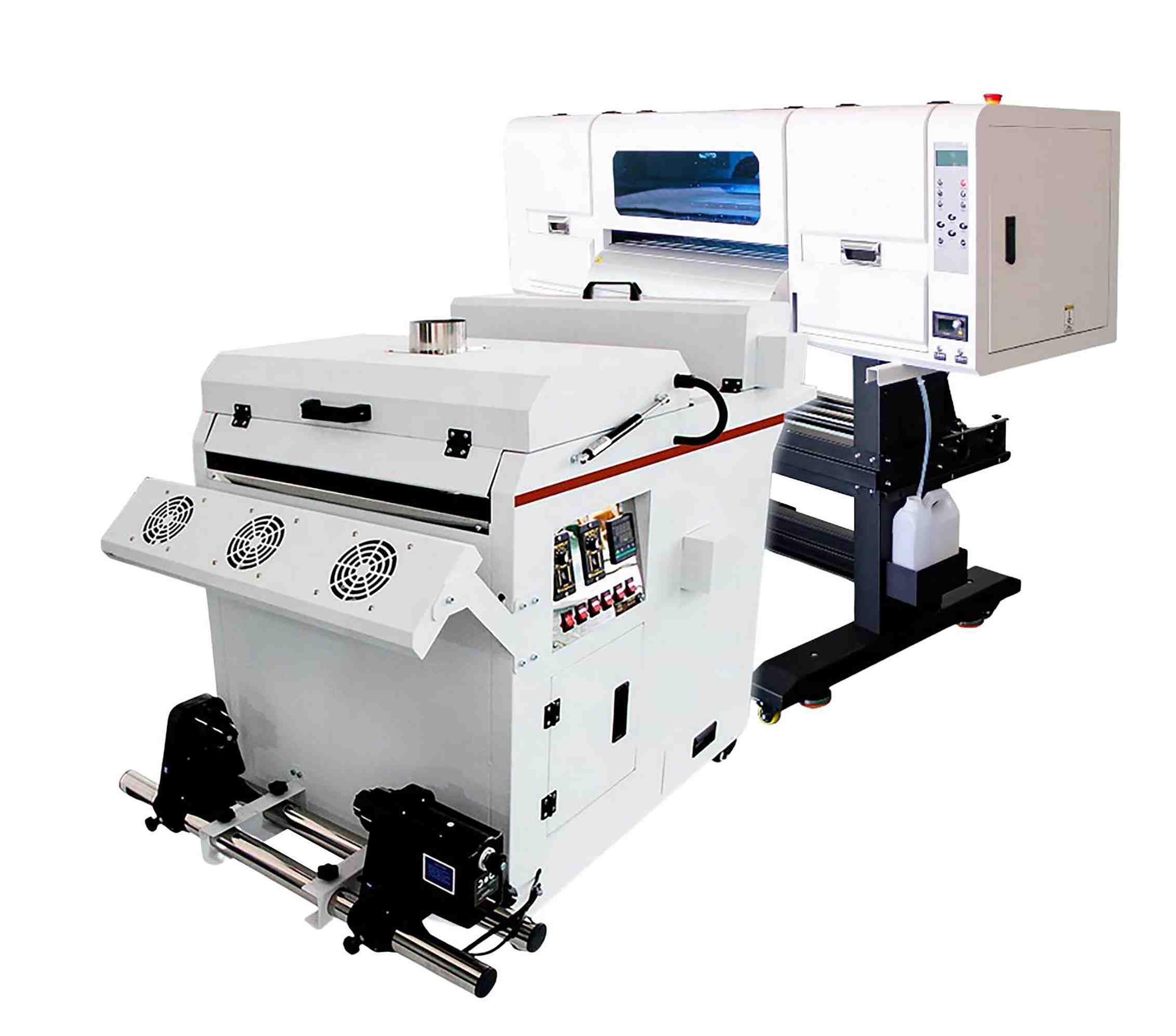Understanding DTF Printing: Tips and Tricks for Getting Vibrant and Durable Prints
In the globe of textile printing, achieving resilient and lively prints is a desirable skill that can elevate the high quality of your result. From choosing the ideal products to fine-tuning print setups and perfecting post-printing finishing methods, there are many factors that can influence the outcome of your prints.

DTF Printing Fundamentals
For those brand-new to the globe of fabric printing, understanding the principles of DTF printing is necessary to grasping this ingenious technique. Straight to Movie (DTF) printing is a contemporary technique that involves moving styles from a special film onto numerous fabrics using a warmth press. Unlike typical techniques like screen printing, DTF provides advantages such as vivid shades, elaborate detailing, and the capacity to print on diverse products like cotton, polyester, and blends.
The procedure begins by printing the layout on an unique DTF movie utilizing a compatible printer with CMYK or CMYKW ink sets. Once the style is printed, it is after that treated with a heat press to develop a lasting and durable print. DTF printing is understood for its capability to recreate complex layouts with high precision and shade accuracy, making it a popular selection for organizations aiming to produce customized apparel, marketing things, and much more.
Picking the Right Materials

The glue powder acts as a bonding representative in between the published design and the fabric, so it must have solid bond residential properties to make sure a resilient and lasting transfer. By meticulously selecting the right products for DTF printing, printers can improve the quality, vibrancy, and long life of their prints.
Enhancing Publish Setups
When aiming to accomplish the ideal results in DTF printing, meticulous focus to maximizing print settings is important for making certain accurate and top notch transfers onto fabrics. One key element to take into consideration when optimizing print settings is the resolution.
One more crucial setup to maximize is the print speed. Finding the best equilibrium in between rate and high More Help quality is crucial. While raising the rate can boost efficiency, it may jeopardize the last print's clearness and shade saturation. Exploring with various rates and observing the outcomes can aid establish the optimum setting for every print task - DTF Printing.
Moreover, adjust color profiles and guaranteeing proper shade monitoring are necessary for attaining exact and constant shades across different prints. By adjusting color settings and accounts, printers click this can reduce shade inconsistencies and generate uniform results, boosting the general print quality and consumer contentment.
Preparing Artwork for DTF Printing
To guarantee optimum cause DTF printing, precise focus to detail is important when preparing art work for transfer onto textiles. Begin by selecting high-resolution photos to maintain clarity and intensity in the final print. Vector graphics are liked as they can be easily scaled without shedding quality. Transform the art work to CMYK shade mode to make certain that the colors convert accurately from display to print. Change the shade levels and contrast as required to enhance the vibrancy of the layout. When adding text to the art work, select typefaces that are ideal and legible for the desired size. Bear in mind to mirror the final layout before publishing to ensure that it transfers correctly onto the garment. Furthermore, think about the fabric type and shade when selecting the artwork, as these variables can affect the final look. By complying with these steps and paying attention to the information, you can prepare art work that is optimized for lively and sturdy DTF prints.
Post-Printing Finishing Techniques
Implementing reliable post-printing completing strategies is crucial to improving the longevity and visual appeal of DTF prints on fabrics. When the printing process is total, applying warm to the printed style is essential.
Once the film is eliminated, the print might need added healing time to better establish the ink into the textile. This step assists boost the washability and longevity of the print, guaranteeing it can endure numerous wash cycles without fading or breaking.
Furthermore, cutting any type of excess film around the design can give the final print a professional and tidy appearance. Taking the time to correctly finish DTF prints post-printing can substantially impact the overall top quality and longevity of the textile design.

Verdict
In final thought, grasping DTF printing needs an extensive understanding of the basics, choosing appropriate my blog products, enhancing print setups, preparing art work effectively, and using post-printing finishing strategies. By following these tricks and pointers, one can attain vibrant and resilient prints that meet their wanted high quality standards. Consistent method and focus to detail are vital in attaining effective results in DTF printing.
From selecting the appropriate products to make improvements print setups and refining post-printing ending up techniques, there are various aspects that can affect the outcome of your prints. Unlike traditional approaches like screen printing, DTF offers benefits such as vibrant colors, detailed outlining, and the ability to print on varied materials like cotton, polyester, and blends.
As soon as the style is published, it is after that treated with a heat press to produce a resilient and durable print.When intending to achieve the ideal outcomes in DTF printing, meticulous attention to maximizing print settings is essential for guaranteeing precise and top quality transfers onto fabrics.In verdict, mastering DTF printing calls for a complete understanding of the essentials, choosing suitable materials, maximizing print settings, preparing art work efficiently, and utilizing post-printing ending up techniques.